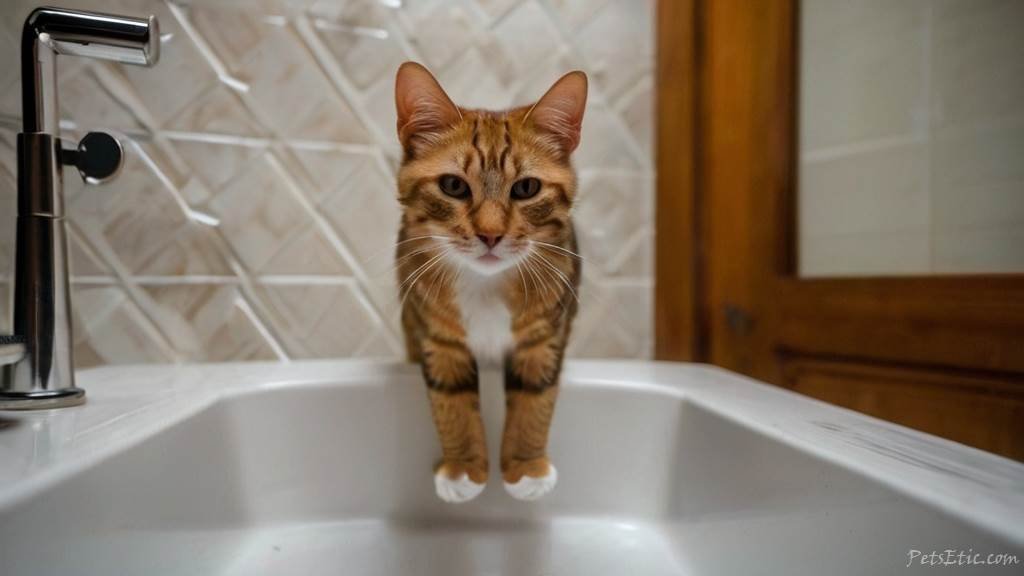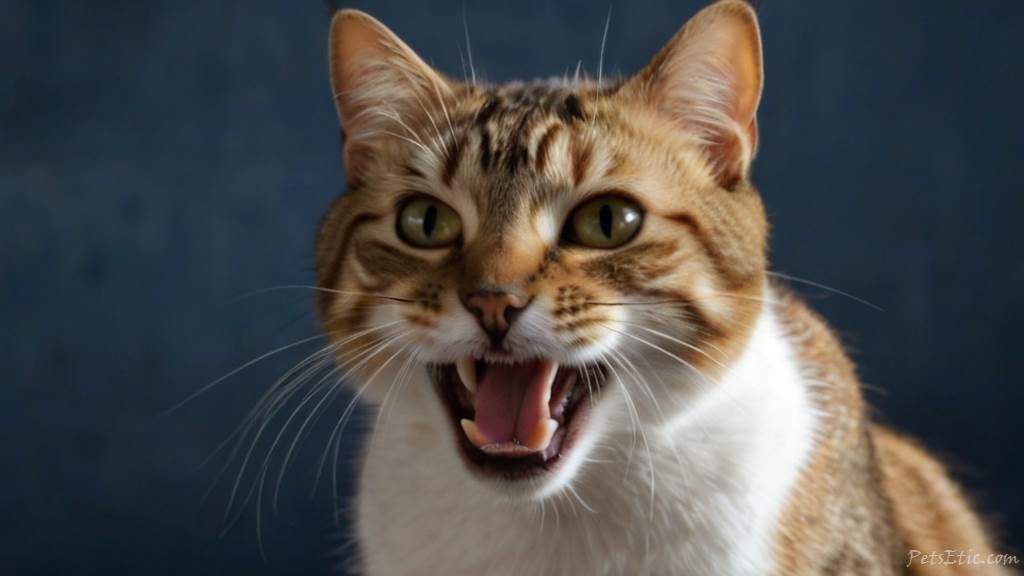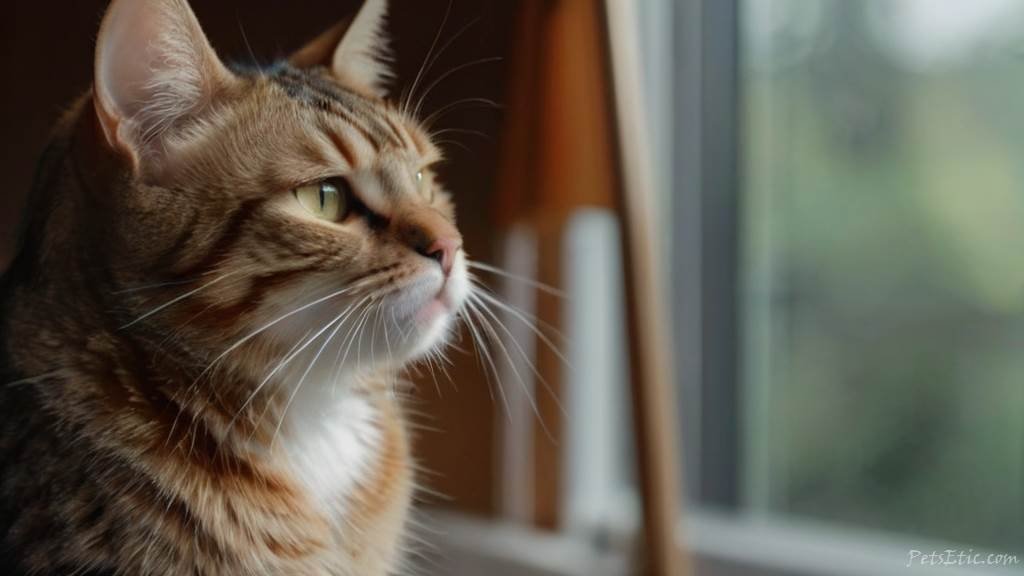Understanding the Behavior: Why Cats Choose the Sink
Instinctual Behavior: Exploring Feline Urinary Habits
Cats, those enigmatic creatures we share our homes with, have behaviors deeply rooted in their DNA. One such behavior is their penchant for finding unusual spots to relieve themselves. But why do they choose the sink over their litter box? To answer that, let’s delve into the fascinating world of feline urinary habits.
Contents
ToggleCats are creatures of habit, often following instinctual patterns passed down through generations of their wild ancestors. In the wild, cats prefer to urinate in sandy or loose soil, as it allows them to bury their waste easily, masking their scent from potential predators. This behavior stems from their survival instincts, ensuring they remain undetected by larger predators while vulnerable during bathroom breaks.
However, domestication has brought about changes in these behaviors. While some cats readily adapt to litter boxes, others may seek out alternative locations that mimic their preferred outdoor environment. This is where the sink comes into play.
Environmental Factors: Identifying Sink Appeal for Cats
Picture this: a porcelain basin, cool and smooth, reminiscent of the loose soil found in the wild. Add to that the allure of running water, mimicking the sound of a babbling brook. To a cat, the sink may represent the perfect blend of comfort and familiarity, making it an attractive option for relieving themselves.
Additionally, the height of the sink offers a sense of security, allowing cats to survey their surroundings while they attend to their business. This elevated vantage point appeals to their innate desire to maintain a watchful eye over their territory, ensuring they remain safe from potential threats.
Why do some cats pee in the sink?
So, why do some cats choose the sink as their preferred spot for urination? It often boils down to a combination of factors, including instinctual behavior and environmental cues. Cats who exhibit this behavior may find the sink’s smooth surface and running water reminiscent of their natural outdoor environment, making it a comfortable and appealing option for bathroom breaks.
Why is my cat peeing in the bathroom?
If your cat is consistently using the bathroom sink instead of their litter box, it’s essential to consider potential underlying issues. Medical conditions, such as urinary tract infections or kidney disease, could be causing discomfort or pain, leading your cat to seek out alternative locations for urination. Additionally, stress or anxiety triggered by changes in their environment or routine could also prompt this behavior.
In conclusion, while the sight of your cat using the sink as a bathroom may be perplexing, it’s essential to approach the situation with understanding and empathy. By addressing any potential medical issues and creating a comfortable and inviting bathroom environment for your feline friend, you can help curb this behavior and foster a harmonious relationship between you and your pet.
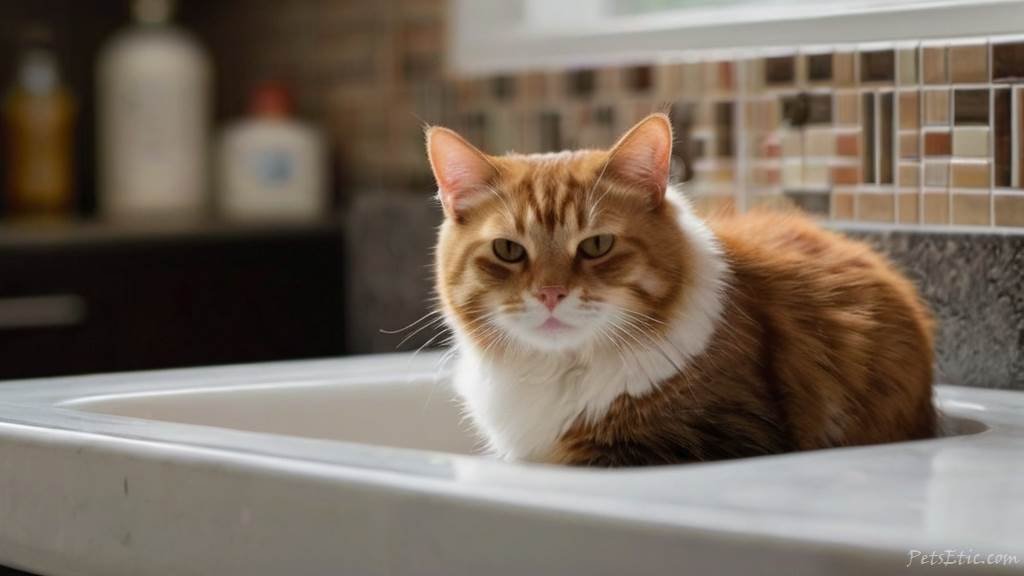
Medical Considerations: When Peeing in the Sink Signals a Problem
Health Issues: Potential Underlying Medical Conditions
When your feline friend starts using the sink as their personal restroom, it’s essential to consider potential health issues that may be driving this behavior. Cats are notorious for hiding signs of illness, making it crucial for pet parents to stay vigilant and attuned to any changes in their behavior.
Some common medical conditions that could prompt your cat to pee in the sink include urinary tract infections (UTIs), bladder stones, and kidney disease. These conditions can cause discomfort or pain during urination, leading your cat to seek out alternative locations to relieve themselves.
Urinary tract infections, for instance, can cause inflammation and irritation in the bladder, making it uncomfortable for your cat to use their litter box. Similarly, bladder stones or kidney disease can result in increased urgency or frequency of urination, prompting your cat to seek relief wherever they can find it.
Symptoms to Watch For: Recognizing Signs of Illness
So, how can you tell if your cat’s sink-peeing antics are a sign of an underlying medical issue? Keep an eye out for the following symptoms:
- Frequent Urination: If your cat is making more trips to the sink or litter box than usual, it could be a sign of a urinary problem.
- Straining or Difficulty Urinating: Difficulty urinating or straining in the litter box may indicate a blockage or obstruction in the urinary tract.
- Blood in Urine: The presence of blood in your cat’s urine is a red flag and warrants immediate veterinary attention.
- Changes in Behavior: Notice any changes in your cat’s behavior, such as increased lethargy or hiding, as these could be signs of underlying illness.
Why did my cat pee on my bed in front of me?
Discovering your cat peeing on your bed can be frustrating and confusing, especially if they do it right in front of you. While it may feel like a deliberate act of defiance, there could be several reasons behind this behavior.
One possibility is that your cat is trying to communicate distress or discomfort. Medical issues, such as UTIs or bladder infections, can cause cats to urinate outside of their litter box, and your bed may be the closest alternative.
Additionally, stress or anxiety can also trigger inappropriate urination in cats. Changes in their environment, such as moving to a new home or introducing a new pet, can disrupt their routine and lead to behavioral issues like peeing on the bed.
In conclusion, if your cat is peeing in the sink or on your bed, it’s essential to rule out any underlying medical issues and address any potential stressors in their environment. By working closely with your veterinarian and providing a comfortable and stress-free living space for your cat, you can help prevent this behavior and ensure your furry friend stays happy and healthy.
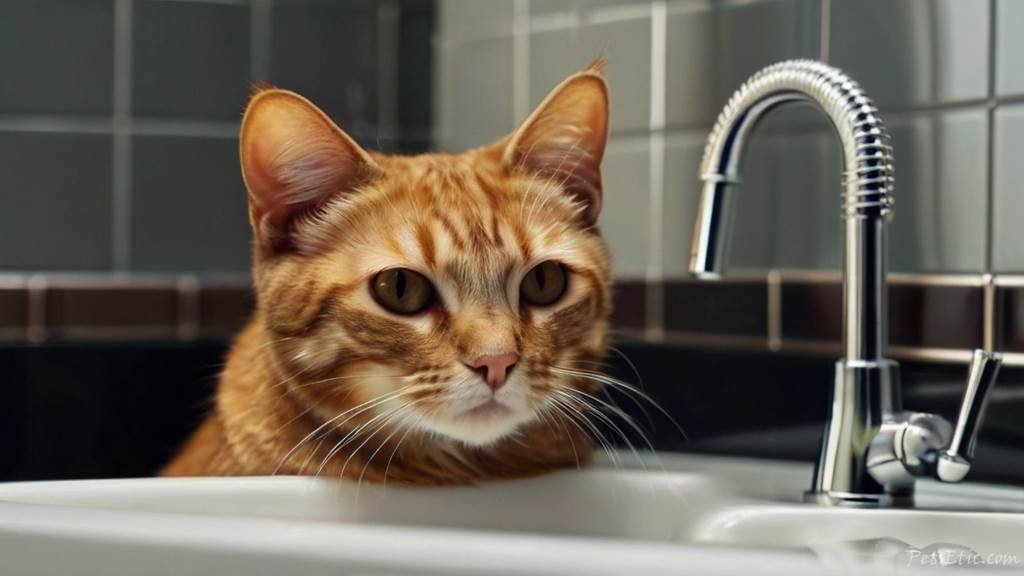
Stress and Anxiety: Uncovering Emotional Triggers
Environmental Stressors: How Changes Impact Feline Behavior
Life can be stressful, even for our feline friends. Cats are creatures of habit, and any changes to their environment can disrupt their sense of security and stability. Whether it’s a new family member, a change in routine, or even something as seemingly innocuous as rearranging furniture, these environmental stressors can take a toll on your cat’s emotional well-being.
Imagine coming home one day to find your favorite cozy spot replaced with unfamiliar surroundings. You might feel disoriented and uneasy, right? Well, cats experience similar emotions when faced with changes in their environment. These disruptions can trigger anxiety and lead to behavioral issues, such as inappropriate urination.
Behavioral Stress: Addressing Anxiety in Cats
So, how can you help your cat cope with stress and anxiety? Understanding the root cause of their distress is the first step. Behavioral stress can manifest in various ways, including excessive grooming, aggression, or yes, peeing outside of the litter box.
Creating a safe and predictable environment for your cat is essential in reducing their anxiety levels. This may involve maintaining a consistent feeding schedule, providing ample opportunities for play and exercise, and offering plenty of hiding spots where they can retreat when feeling overwhelmed.
In some cases, behavioral modification techniques, such as desensitization and counterconditioning, may be necessary to help your cat overcome their anxiety. These methods involve gradually exposing your cat to the source of their stress in a controlled manner, paired with positive reinforcement to change their emotional response.
Do cats pee out of spite?
Ah, the age-old question: do cats pee out of spite? While it may seem like your cat is intentionally targeting your favorite rug or piece of furniture, the reality is a bit more nuanced. Cats don’t possess the same complex emotions as humans, such as spite or vindictiveness.
Instead, inappropriate urination is often a sign of underlying stress or anxiety. Changes in their environment, conflicts with other pets, or even health issues can prompt this behavior. It’s essential to approach the situation with empathy and understanding, rather than attributing malicious intent to your furry friend.
In conclusion, stress and anxiety can have a profound impact on your cat’s behavior, including their bathroom habits. By identifying and addressing environmental stressors, providing a supportive and nurturing environment, and seeking professional guidance when needed, you can help your cat feel more secure and confident in their surroundings.

Territory Marking: The Sink as a Statement
Understanding Cat Territory: The Urge to Mark Spaces
Ever wondered why your cat feels the need to claim ownership over every nook and cranny of your home? It all comes down to their innate instinct to establish and maintain territory. In the wild, cats rely on scent marking to communicate with other felines, delineating boundaries and asserting dominance.
When your cat decides to mark their territory, whether it’s the sink, the couch, or even your favorite sweater, they’re leaving behind chemical messages known as pheromones. These invisible markers serve as a declaration of ownership, signaling to other cats that this space is theirs and theirs alone.
But why the sink, you ask? Well, cats are drawn to areas with smooth, non-porous surfaces for marking purposes. The cool, hard surface of the sink provides the perfect canvas for depositing their scent, ensuring it lingers long after they’ve moved on.
Managing Marking Behavior: Techniques to Minimize Territory Claims
While territorial marking is a natural behavior for cats, it can become problematic when they start targeting areas like the sink. Fortunately, there are several strategies you can employ to discourage this behavior and maintain harmony in your home.
-
Provide Adequate Scratching Surfaces: Scratching isn’t just about sharpening claws—it’s also a form of territorial marking. By providing your cat with plenty of scratching posts and pads, you can redirect their marking behavior to more appropriate surfaces.
-
Utilize Pheromone Products: Synthetic pheromone sprays and diffusers can help calm anxious cats and reduce the urge to mark their territory. Simply spritzing these products around the sink area can help deter your cat from claiming it as their own.
-
Keep the Area Clean: Cats are less likely to mark areas that smell clean and fresh. Regularly cleaning the sink with a pet-safe cleaner can help remove any lingering scents that may attract your cat.
-
Enrich the Environment: Boredom and stress can exacerbate marking behavior in cats. Keep your furry friend entertained with interactive toys, puzzle feeders, and plenty of opportunities for play and exploration.
-
Consult with a Veterinarian: If your cat’s marking behavior persists despite your best efforts, it may be a sign of underlying stress or medical issues. Schedule a check-up with your veterinarian to rule out any potential health concerns and discuss additional treatment options.
In conclusion, while territorial marking is a natural behavior for cats, it can pose challenges when it extends to areas like the sink. By understanding the reasons behind this behavior and implementing appropriate management techniques, you can help your cat feel secure in their territory while maintaining a harmonious home environment.
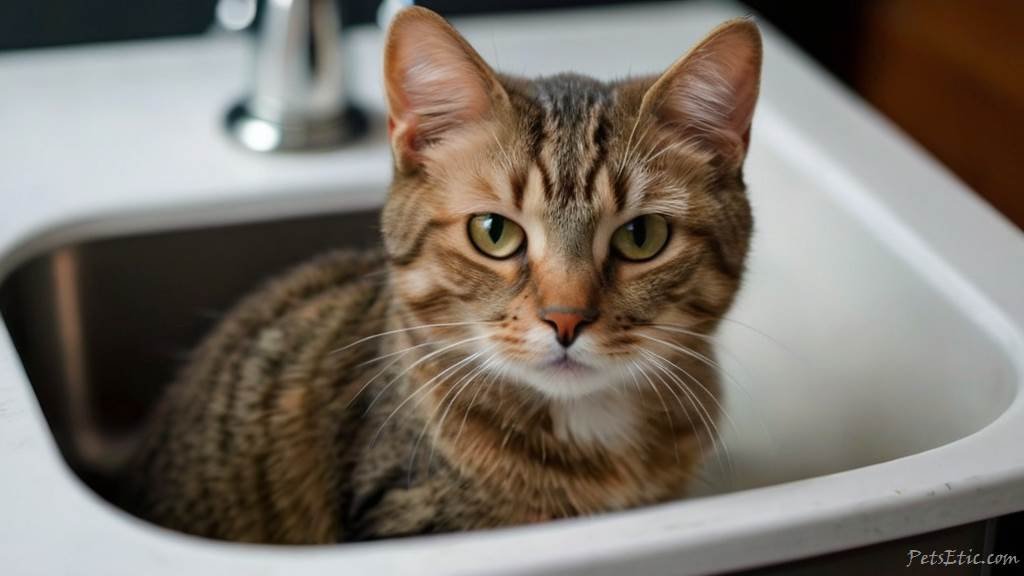
Litter Box Preferences: Ensuring the Right Environment
Litter Box Basics: Meeting Feline Needs
Ah, the humble litter box—a staple in every cat household. But did you know that not all litter boxes are created equal? Cats can be quite particular about their bathroom preferences, so it’s essential to set up the right environment to meet their needs.
First things first, let’s talk about the box itself. Size matters when it comes to litter boxes. A spacious, open-top box allows your cat to move around comfortably and maintain their dignity while doing their business. Avoid covered litter boxes, as they can trap odors and make your cat feel confined.
Next up, the litter. Cats have their preferences when it comes to litter texture and scent. Some prefer clumping litter, while others may prefer non-clumping or silica-based options. Experiment with different types until you find the one that your cat likes best. And don’t forget to keep the litter depth at around 2-3 inches—deep enough to cover waste but not so deep that it becomes difficult for your cat to dig.
Placement is key when it comes to litter box success. Cats prefer privacy when using the bathroom, so choose a quiet, low-traffic area of your home to place the litter box. Avoid placing it near noisy appliances or in areas where your cat may feel cornered or trapped.
Solving Litter Box Issues: Troubleshooting Preferences
But what if your cat still insists on using the sink instead of their litter box? Don’t fret—there are steps you can take to troubleshoot this issue and encourage proper litter box usage.
Start by assessing the cleanliness of the litter box. Cats are fastidious creatures and may avoid using a dirty or smelly box. Scoop the litter daily and replace it entirely once a week to keep things fresh and inviting for your furry friend.
Consider the number of litter boxes in your home. The general rule of thumb is to have one more litter box than the number of cats in your household. This ensures that each cat has access to their own bathroom space and reduces the likelihood of territorial disputes.
If your cat continues to reject the litter box, it may be worth experimenting with different types of litter or even trying out a new box altogether. Some cats prefer covered boxes, while others may prefer open-top options. Pay attention to your cat’s preferences and adjust accordingly.
In conclusion, creating the right environment for your cat’s litter box is essential in ensuring their comfort and well-being. By providing a spacious, clean, and private bathroom area, you can help encourage proper litter box usage and minimize the chances of accidents elsewhere in your home.
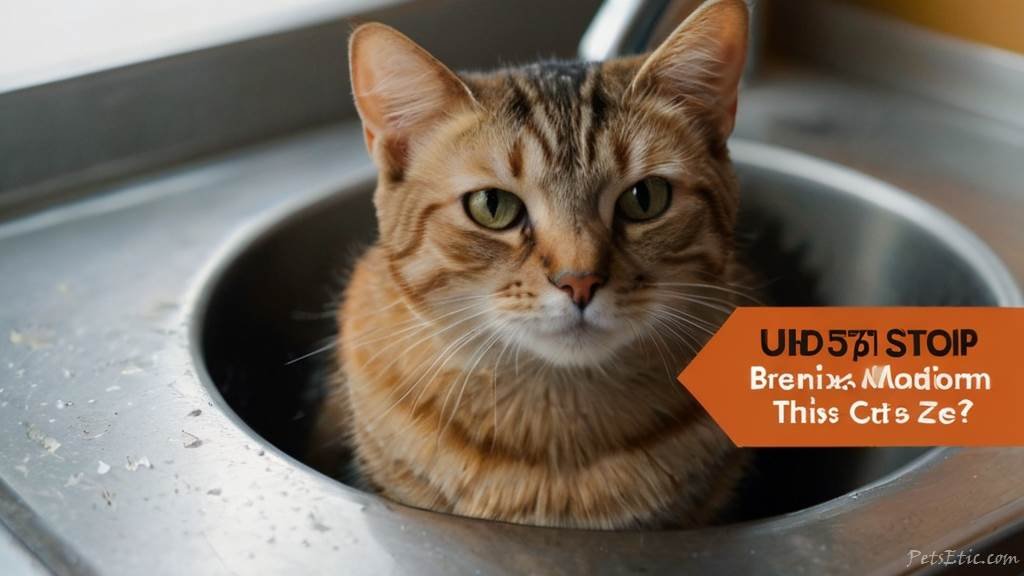
Behavioral Modification: Techniques for Change
Positive Reinforcement: Training Cats Away from the Sink
When it comes to modifying your cat’s behavior, positive reinforcement is the name of the game. Instead of punishing your furry friend for their sink-peeing antics, focus on rewarding them for using their litter box like a champ.
Start by placing treats or their favorite toys near the litter box to create positive associations. Whenever your cat uses the litter box instead of the sink, lavish them with praise and rewards. Positive reinforcement helps reinforce desired behaviors and encourages your cat to repeat them in the future.
Remember, patience is key when it comes to training cats. It may take some time for your feline friend to make the connection between using the litter box and receiving rewards, so be consistent and persistent in your efforts.
Redirecting Behavior: Encouraging Appropriate Urination Habits
If your cat is determined to turn the sink into their personal bathroom, it’s time to get creative with redirection techniques. Start by making the sink less appealing as a pee spot. Try placing aluminum foil or double-sided tape in the sink—cats generally dislike the texture and will be less inclined to use it as a bathroom.
Additionally, consider adding a second litter box near the sink. Some cats prefer to have multiple bathroom options, and providing an alternative to the sink may help redirect their behavior. Make sure the litter box is clean, inviting, and placed in a quiet, private location to maximize its appeal.
How do I stop my cat from peeing in the sink?
Ah, the million-dollar question! While there’s no one-size-fits-all solution to this problem, a combination of positive reinforcement and redirection techniques can help steer your cat away from the sink and back to their litter box.
Start by implementing the strategies outlined above—use positive reinforcement to reward desired behaviors, such as using the litter box, and employ redirection techniques to make the sink less attractive as a pee spot. Be patient and consistent in your efforts, and don’t be afraid to seek guidance from a veterinarian or animal behaviorist if needed.
In conclusion, modifying your cat’s behavior takes time, patience, and a sprinkle of creativity. By using positive reinforcement to encourage desired behaviors and redirecting their attention away from the sink, you can help foster appropriate urination habits and maintain a harmonious relationship with your furry friend.

Environmental Enrichment: Creating a Cat-Friendly Home
Enrichment Activities: Stimulating Cats Mentally and Physically
Your home should be more than just a roof over your cat’s head—it should be a playground of possibilities! Cats are curious creatures with a natural instinct to explore and hunt, so it’s essential to provide them with plenty of opportunities for mental and physical stimulation.
One way to keep your cat entertained is by introducing interactive toys and puzzles. From feather wands to treat-dispensing toys, these engaging gadgets tap into your cat’s natural hunting instincts, providing hours of entertainment and mental stimulation.
Another enriching activity for cats is vertical space exploration. Cats love to climb, perch, and survey their kingdom from above. Consider installing cat shelves, trees, or perches in your home to give your furry friend a bird’s-eye view of their surroundings.
Don’t forget to carve out some quality bonding time with your cat each day. Whether it’s a round of laser tag, a game of hide-and-seek, or simply snuggling up on the couch together, spending time with your cat strengthens your bond and enriches their life.
Designing the Space: Setting Up a Cat-Friendly Environment
Creating a cat-friendly environment isn’t just about providing toys and activities—it’s also about designing your space with your cat’s needs in mind. Start by setting up designated areas for eating, sleeping, and litter box usage, keeping them separate from each other to prevent stress and conflicts.
Make sure your home is equipped with plenty of cozy hiding spots where your cat can retreat when they need some alone time. Whether it’s a plush cat bed tucked away in a quiet corner or a cozy cardboard box hidden under the bed, these safe havens provide comfort and security for your furry friend.
Consider the layout of your home and how it impacts your cat’s ability to navigate and explore. Avoid cluttered spaces and obstacles that could impede their movement, and make sure there are plenty of easy-to-access perches and climbing opportunities throughout your home.
In conclusion, creating a cat-friendly home is all about stimulating your furry friend’s body and mind while providing a safe and comfortable environment for them to thrive in. By incorporating enrichment activities and thoughtful design elements into your space, you can ensure that your cat leads a happy, healthy, and fulfilling life.
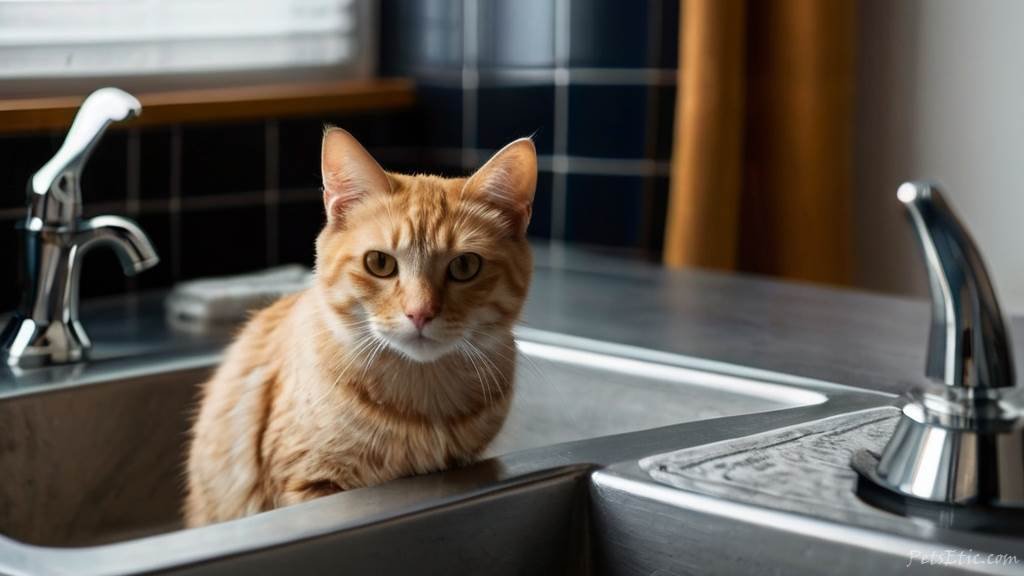
Hygiene and Cleanliness: Managing the Mess
Cleaning Strategies: Eliminating Odors and Stains
Ah, the joys of cleaning up after our furry companions! While cats may bring love and laughter into our lives, they can also leave behind a trail of odors and stains that can be, well, less than pleasant. But fear not, fellow cat parents, for there are strategies aplenty for banishing those pesky messes and keeping your home smelling fresh and clean.
First up, let’s tackle the issue of odors. Cat urine has a notorious reputation for its potent smell, but with the right cleaning products and techniques, you can bid farewell to those stubborn stenches. Start by blotting up any excess liquid with paper towels, then treat the affected area with an enzymatic cleaner specifically designed to break down the odor-causing molecules. Be sure to follow the manufacturer’s instructions carefully and test the cleaner on a small, inconspicuous area before applying it to the entire stain.
For stubborn stains that just won’t budge, consider investing in a black light flashlight. These handy devices illuminate hidden urine stains, making them easier to locate and treat. Once you’ve identified the source of the odor, apply the enzymatic cleaner and let it work its magic. Repeat the process as needed until the stain and odor are completely gone.
Hygiene Practices: Maintaining a Clean and Inviting Bathroom
Now that we’ve tackled the issue of odor, let’s turn our attention to hygiene practices for maintaining a clean and inviting bathroom environment for your cat. Regular cleaning and maintenance of the litter box are crucial in preventing odor buildup and encouraging proper bathroom habits.
Start by scooping the litter box at least once a day to remove waste and clumps. Replace the litter entirely every one to two weeks, depending on your cat’s preferences and the type of litter you use. Wash the litter box with mild soap and water during litter changes to remove any lingering odors and bacteria.
In addition to regular litter box maintenance, consider adding a layer of baking soda to the bottom of the box to help absorb odors. Some cat litters also contain odor-neutralizing additives to keep your home smelling fresh between cleanings.
Finally, don’t forget to provide your cat with plenty of clean, fresh water to drink. Staying hydrated is essential for your cat’s overall health and can help prevent urinary issues that may contribute to inappropriate bathroom habits.
In conclusion, managing the messes left behind by our feline friends requires a combination of cleaning strategies and hygiene practices. By staying proactive and diligent in your cleaning routine, you can ensure that your home remains a clean and welcoming environment for both you and your furry companion.

Seeking Professional Help: When DIY Isn’t Enough
Consulting a Veterinarian: Medical Intervention and Advice
So, you’ve tried everything—cleaning strategies, behavior modification techniques, you name it—but your cat still insists on using the sink as their personal bathroom. When all else fails, it may be time to seek professional help. And who better to turn to than your friendly neighborhood veterinarian?
When it comes to inappropriate urination issues, it’s essential to rule out any underlying medical conditions that may be contributing to your cat’s behavior. Schedule a visit with your vet to discuss your concerns and undergo a thorough examination. Your vet may recommend diagnostic tests, such as urinalysis or blood work, to check for signs of infection, urinary tract issues, or other health problems.
Once any potential medical issues have been addressed, your vet can provide guidance on appropriate treatment options and management strategies. This may include medication to alleviate discomfort or anxiety, dietary changes to support urinary health, or recommendations for environmental modifications to reduce stress.
Remember, your vet is your partner in your cat’s health journey. Don’t hesitate to ask questions, voice your concerns, and work together to find the best solution for your furry friend.
Behaviorists and Trainers: Expert Assistance in Behavioral Modification
If your cat’s inappropriate urination issues persist despite medical intervention, it may be time to call in the big guns—behaviorists and trainers who specialize in feline behavior. These experts have the knowledge and experience to assess your cat’s behavior, identify potential triggers, and develop a customized behavior modification plan to address the problem.
A behaviorist or trainer will conduct a comprehensive evaluation of your cat’s environment, lifestyle, and behavior to pinpoint the root cause of their inappropriate urination. From there, they’ll work with you to implement targeted interventions, such as environmental enrichment, desensitization and counterconditioning exercises, and positive reinforcement training techniques.
In addition to hands-on support, behaviorists and trainers can also provide valuable education and resources to help you better understand your cat’s behavior and communication signals. By learning to speak your cat’s language, you’ll be better equipped to address their needs and build a stronger bond with your furry friend.
In conclusion, when DIY solutions aren’t cutting it, don’t hesitate to seek professional help. Whether it’s consulting with your veterinarian for medical intervention and advice or enlisting the expertise of behaviorists and trainers for behavioral modification assistance, there are plenty of resources available to help you and your cat navigate the challenges of inappropriate urination.
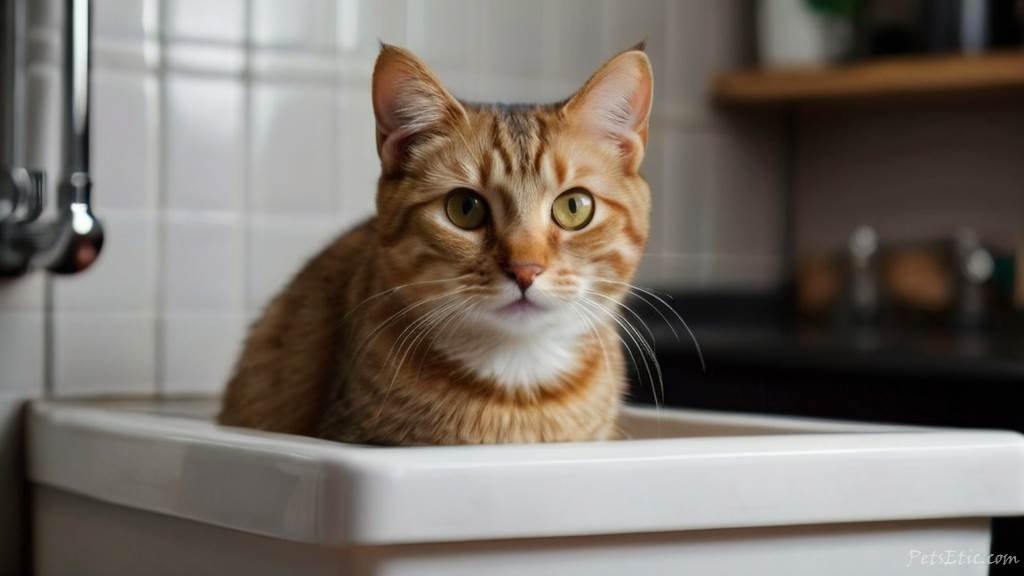
Conclusion: Achieving Harmony in the Home
Recapitulating Key Points: Understanding and Addressing Cat Sink Peeing
Well, folks, we’ve covered a lot of ground on our journey to uncover the mysteries of cat sink peeing. Let’s take a moment to recap the key points we’ve discussed and ensure we’re all on the same page.
First and foremost, we explored the various reasons why our beloved feline friends might choose the sink as their bathroom of choice. From territorial marking to medical issues to environmental stressors, there’s a myriad of factors that could be contributing to this behavior.
Next, we delved into a treasure trove of strategies and techniques for addressing cat sink peeing. From environmental enrichment to hygiene practices to seeking professional help, there’s no shortage of options for tackling this pesky problem head-on.
Moving Forward: Implementing Strategies for a Happy, Healthy Cat
So, where do we go from here? Armed with a newfound understanding of cat behavior and a toolbox full of practical solutions, it’s time to put our knowledge into action and pave the way for a harmonious home life with our furry companions.
First and foremost, let’s prioritize our cat’s physical and mental well-being by creating a cat-friendly environment that stimulates their senses and meets their needs. Whether it’s introducing interactive toys, providing vertical space for climbing, or ensuring a clean and inviting bathroom area, every little bit helps in creating a happy, healthy cat.
Next, let’s commit to implementing the strategies and techniques we’ve discussed for addressing cat sink peeing. From positive reinforcement training to consulting with veterinarians and behaviorists, there’s no shortage of resources available to help us navigate this challenging behavior and find a solution that works for our unique situation.
In conclusion, achieving harmony in the home isn’t just about preventing accidents or correcting unwanted behaviors—it’s about fostering a deep and meaningful bond with our cats based on mutual trust, respect, and understanding. By taking proactive steps to address cat sink peeing and create a cat-friendly environment, we can ensure that our furry friends lead happy, healthy lives alongside us in our homes.

